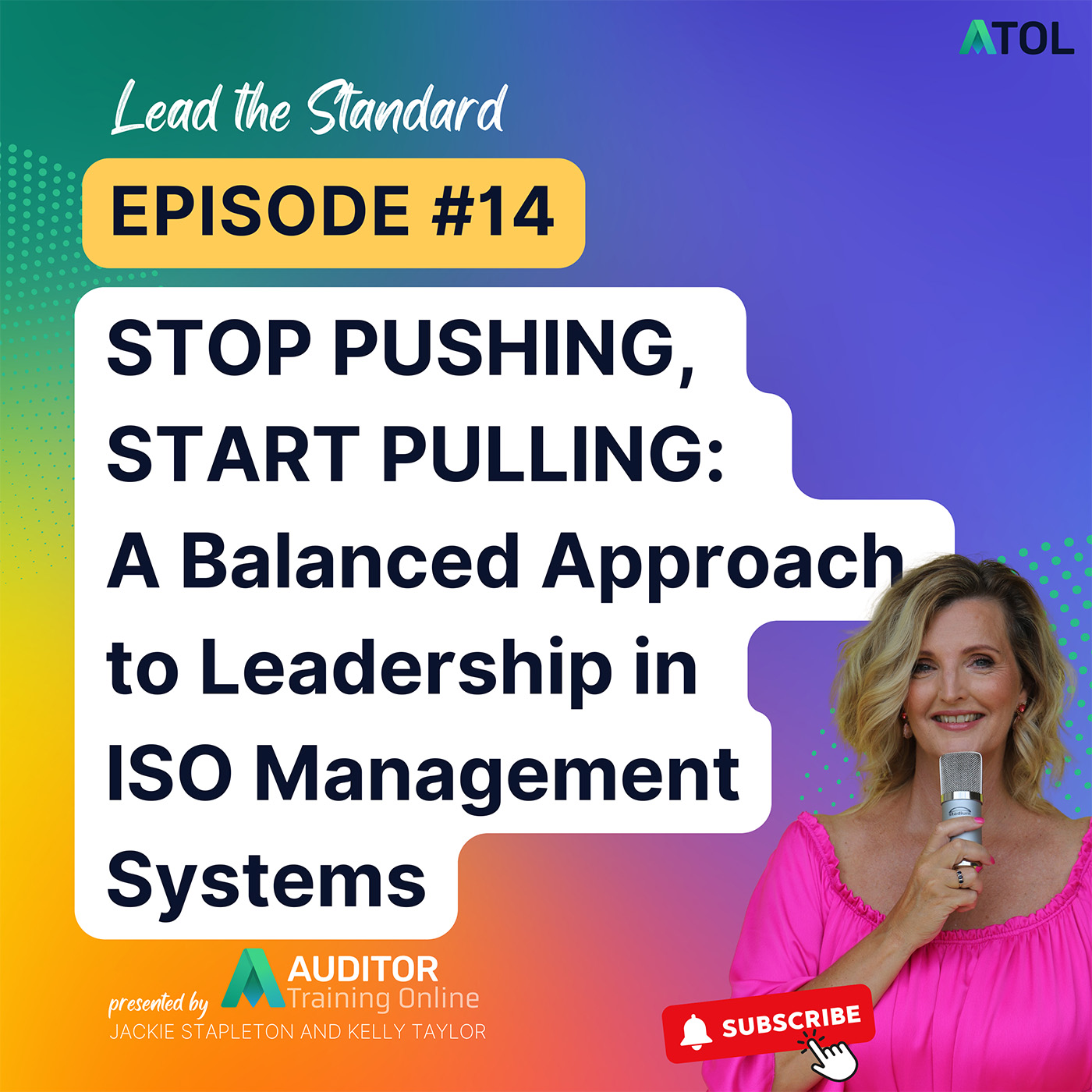Get Clause 6.1.2 Environmental Aspects Right or Nothing Else Works – ISO 14001:2015
ISO 14001 Environment • 30 July 2025 2:04:07 PM • Author: Jackie Stapleton

One of my biggest lightbulb moments with ISO 14001 was realising just how critical Clause 6.1.2 Environmental Aspects really is. The aspects you identify as significant don’t just sit in a register - they influence the rest of the standard. They shape what you monitor, measure, control, and take action on. If you miss something here, the whole system ends up focused on the wrong priorities.
Get it right, and your environmental management system stands on a solid, meaningful foundation—one that’s relevant to your activities, products, and services.
Don’t get me wrong—if you do miss something, the standard gives you the opportunity to loop back and pick it up. But it’s a lot easier (and cleaner) to do a thorough job upfront than to patch gaps later.

This would be a great point to add that in the current revision of ISO 14001:2015 there is no definition of significant. However, in the upcoming Amendment Draft they have added a new paragraph in A.6.1.2 to say Significant is intended to be a relative term. What is significant for one organization may not be for another, and what an organization considers a significant environmental aspect can change over time.

Free Resource | IMS Gap Analysis
Comprehensive IMS Gap Analysis Tool for identifying and addressing system gaps to ensure continuous improvement and compliance.
The Environmental Aspect Integration Model
Clause 6.1.2 of ISO 14001:2015 isn’t just a tick-box - it’s the launch point for your entire environmental management system. Once you identify your significant environmental aspects, those decisions ripple through every part of the standard. This model shows how those aspects drive planning, support, operations, performance evaluation, and improvement. Get this right, and you build a system that’s relevant, strategic, and built on what truly matters.
.png?width=3387&height=2235&name=LTS%20Diagram%2014%20(1).png)
🟩 Planning - Establishing objectives and strategies to achieve environmental goals.
Relevant Clauses:
- 6.1.2 – Environmental Aspects
- 6.1.4 / 6.1.5 – Risk and Opportunities / Planning Action
- 6.2 – Environmental Objectives and Planning to Achieve Them
This is where you identify significant aspects and determine the risks and opportunities associated with them. It’s also where you define your environmental objectives and the actions to achieve them. These aspects drive the entire EMS, so getting this step right is essential.
🟦 Support - Building awareness and providing necessary resources for implementation.
Relevant Clauses:
- 7.2 – Competence
- 7.3 – Awareness
- 7.4 – Communication
This part ensures that everyone involved understands the significant aspects relevant to their role. It’s also where you put in place the competence, awareness, and resources needed to carry out environmental actions effectively.
🟪 Operation - Implementing and controlling processes to manage significant aspects.
Relevant Clauses:
- 8.1 – Operational Planning and Control
- 8.2 – Emergency Preparedness and Response
Your significant aspects now move into action. Operational controls and procedures are developed and implemented to manage these aspects, including controls over outsourced processes. Emergency preparedness also ties in if a significant aspect could lead to environmental impact in abnormal or emergency conditions.
🟧 Performance Evaluation - Assessing the effectiveness of management strategies and actions.
Relevant Clauses:
- 9.1.1 – Monitoring, Measurement, Analysis, and Evaluation
- 9.3 – Management Review
You can’t improve what you don’t measure. Clause 9.1.1 focuses on monitoring and evaluating performance related to significant aspects. Clause 9.3 pulls it all together for top management to review - checking if actions tied to aspects are effective.
🟨 Improvement - Correcting issues and enhancing processes for better outcomes.
Relevant Clause:
- 10.2 – Nonconformity and Corrective Action
If things go wrong - whether through a failure in controls or an incident linked to a significant aspect - this clause kicks in. You’ll correct it, investigate the cause, and take action to prevent recurrence. Ideally, you’re improving your EMS based on real-world lessons.
/14001%20Lead.jpg?width=700&name=14001%20Lead.jpg)
Lead Auditor Environmental Management Systems
AU$1,895.00The Lead Auditor Environmental Management Systems course equips you to become an internationally recognized auditor for ISO 14001:2015 Environmental Management Systems. This 100% online course covers successful external audit techniques, nonconformance documentation, and improvement strategies applicable globally across all industries.
Next Steps You Can Take:
1. Review Your Current Aspect Register
Go back to your list of environmental aspects and ask: Are these truly significant? Use your criteria to re-evaluate if anything important has been missed or over-emphasised.
2. Trace One Aspect Through the System
Pick one significant aspect and follow it through your EMS—where is it monitored, controlled, communicated, and reviewed? If you lose sight of it along the way, that’s a red flag.
3. Update Your Team’s Awareness
Share the connection between Clause 6.1.2 and the rest of the system with your team. A quick 10-minute toolbox talk could boost awareness and strengthen implementation without any extra forms.


